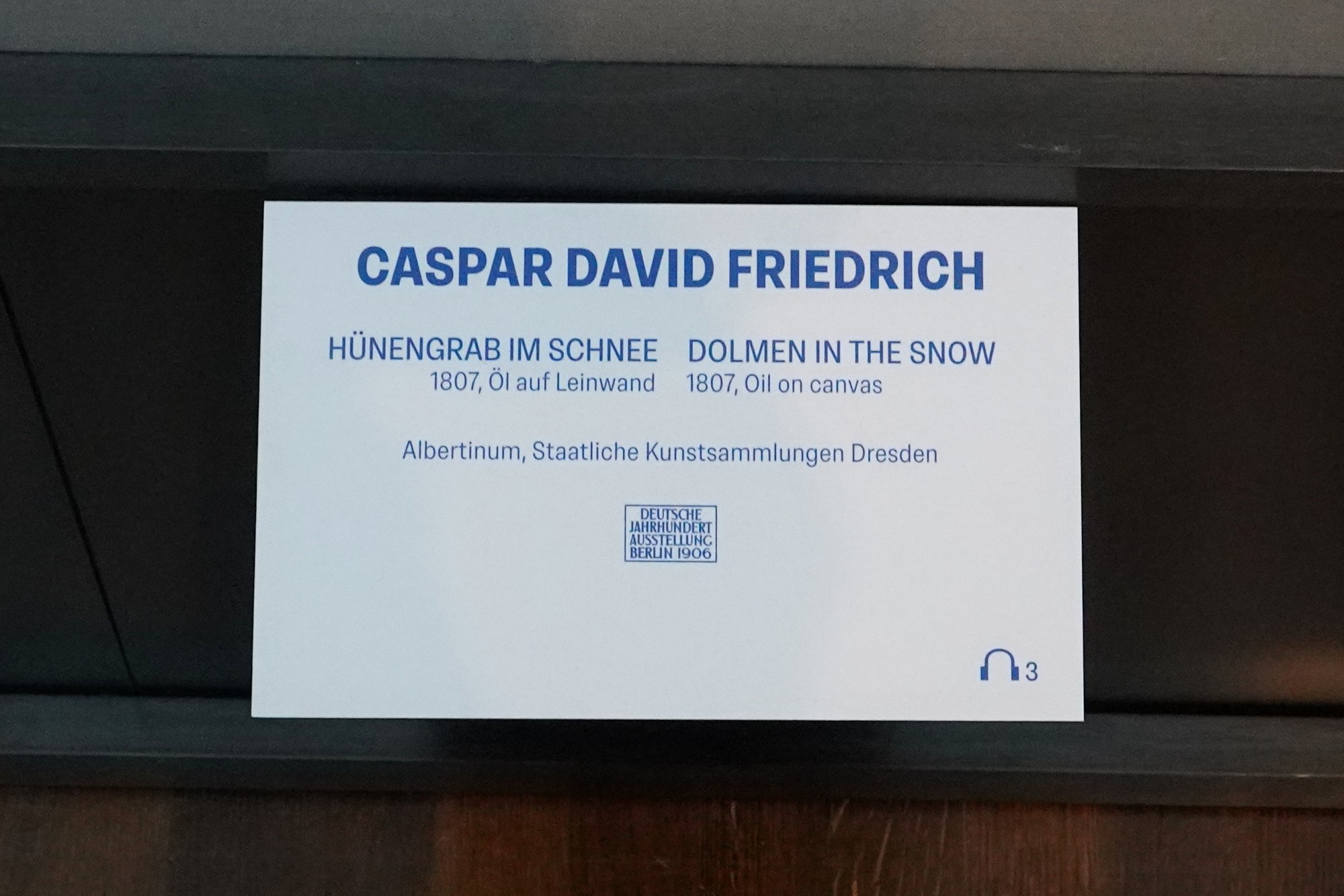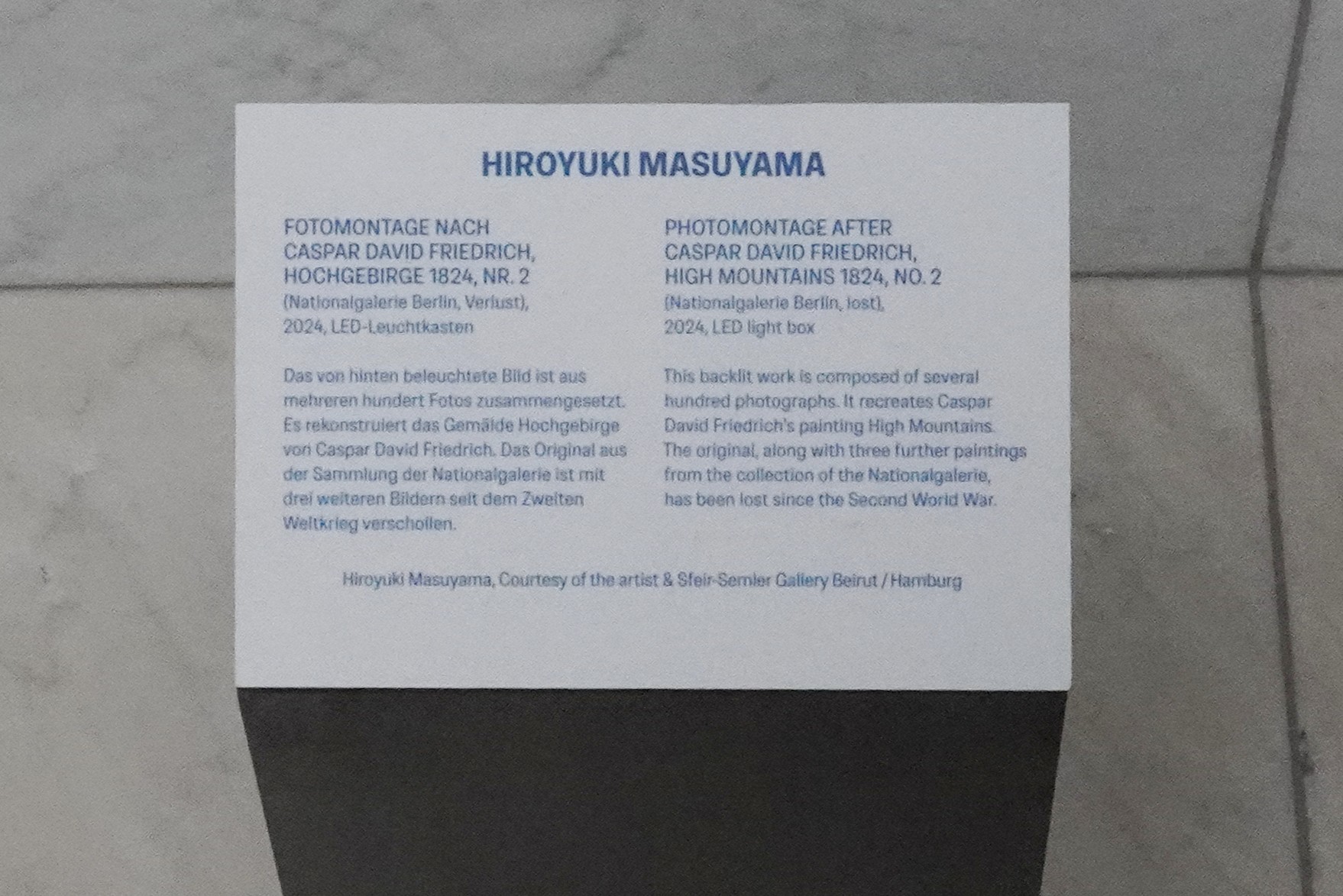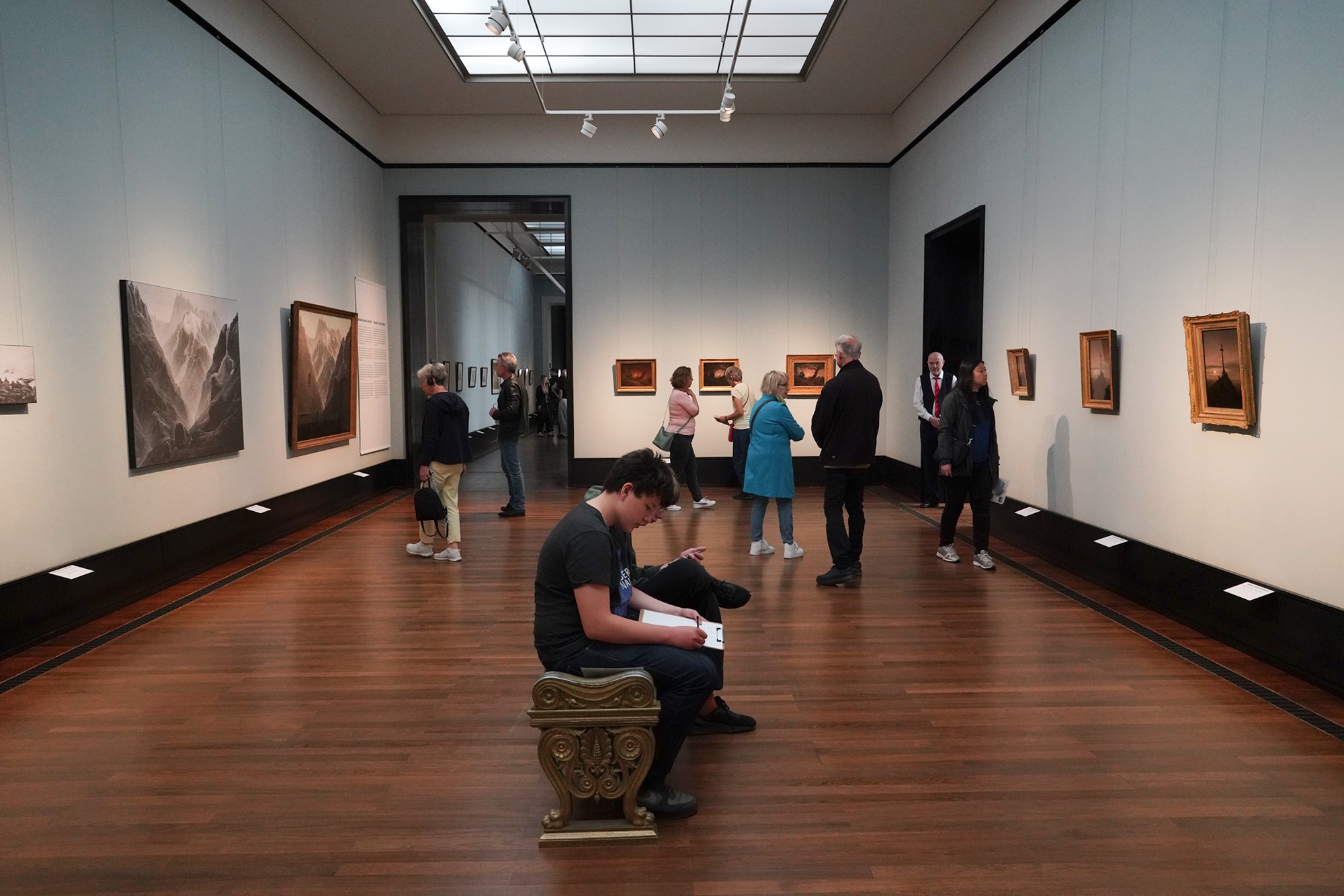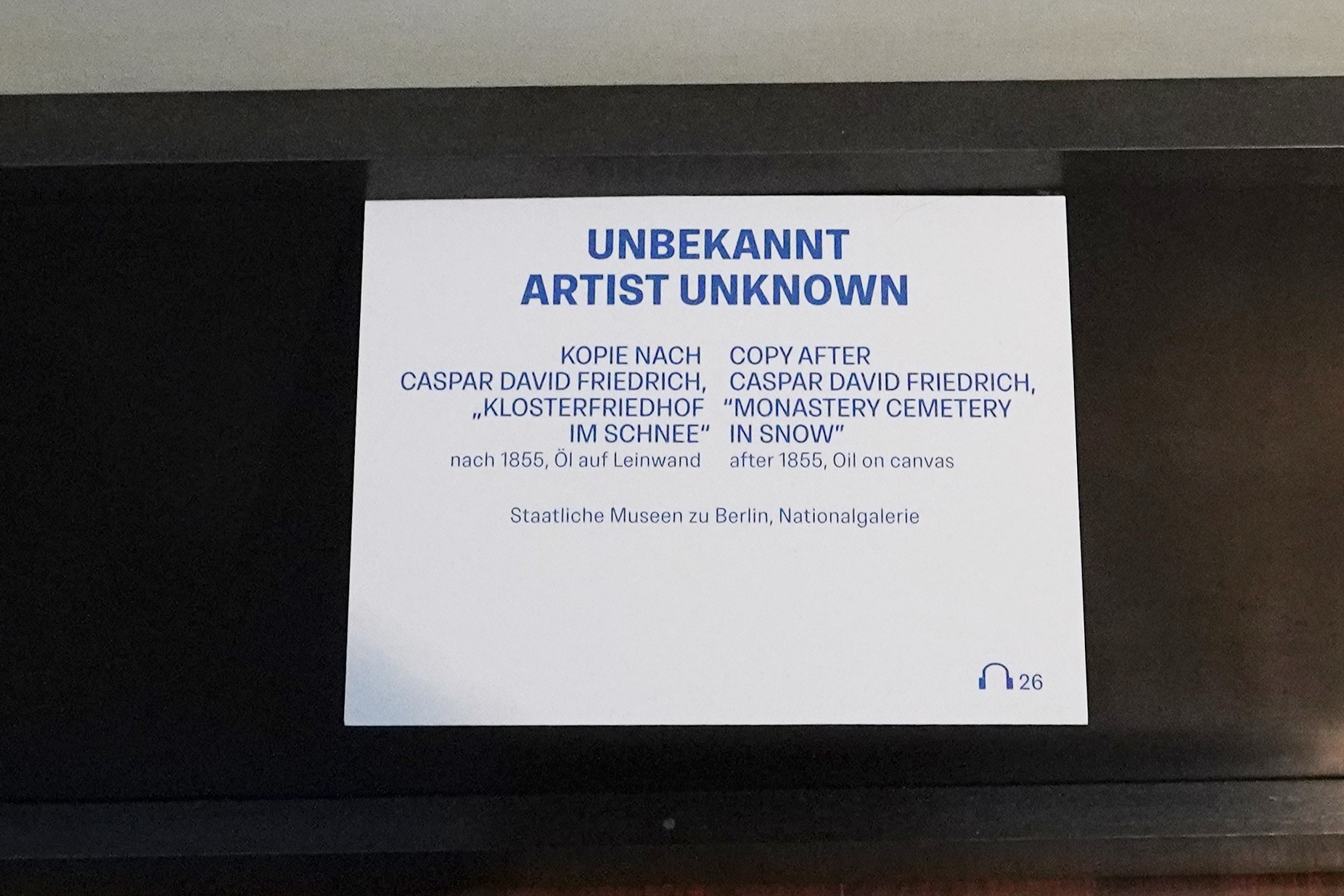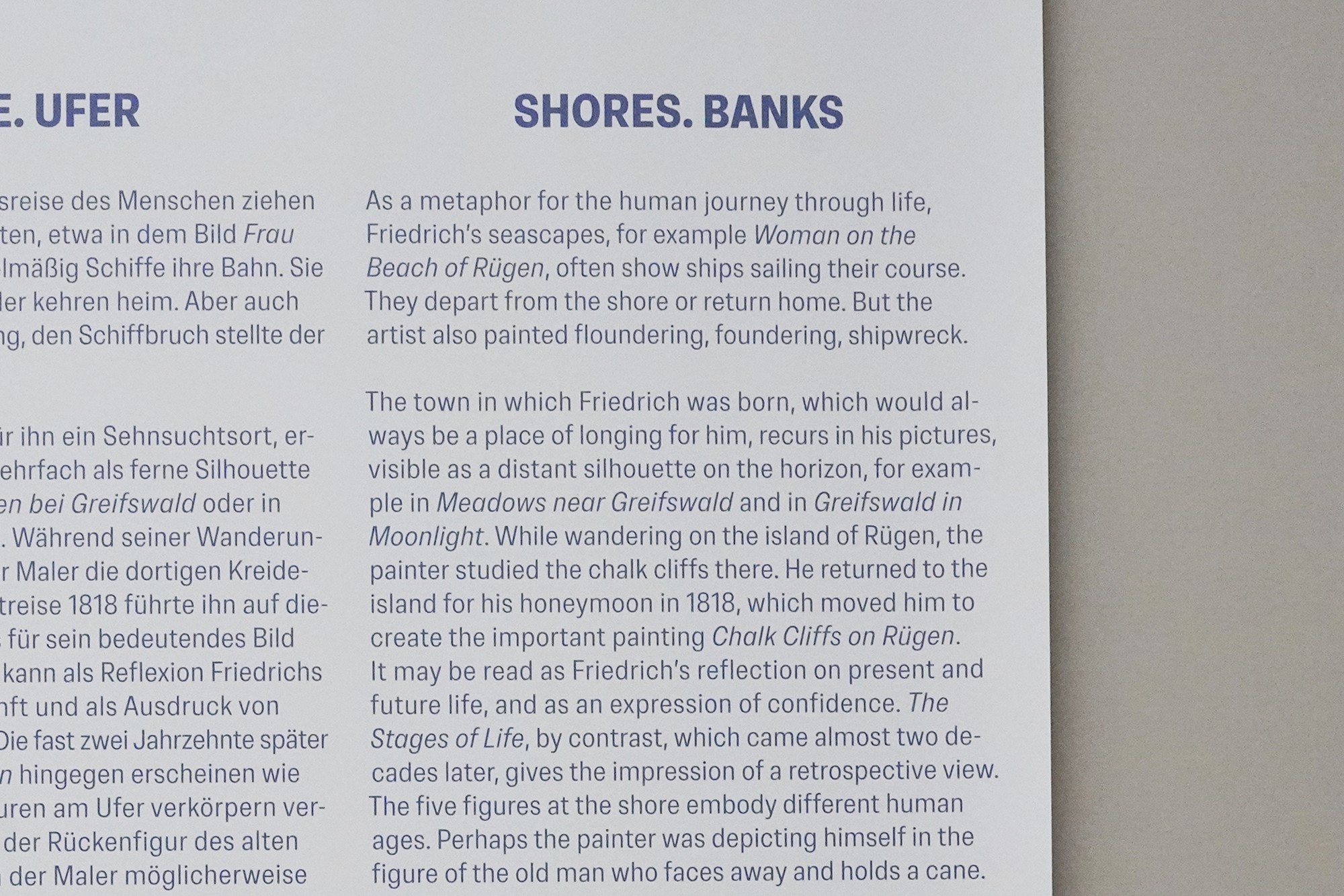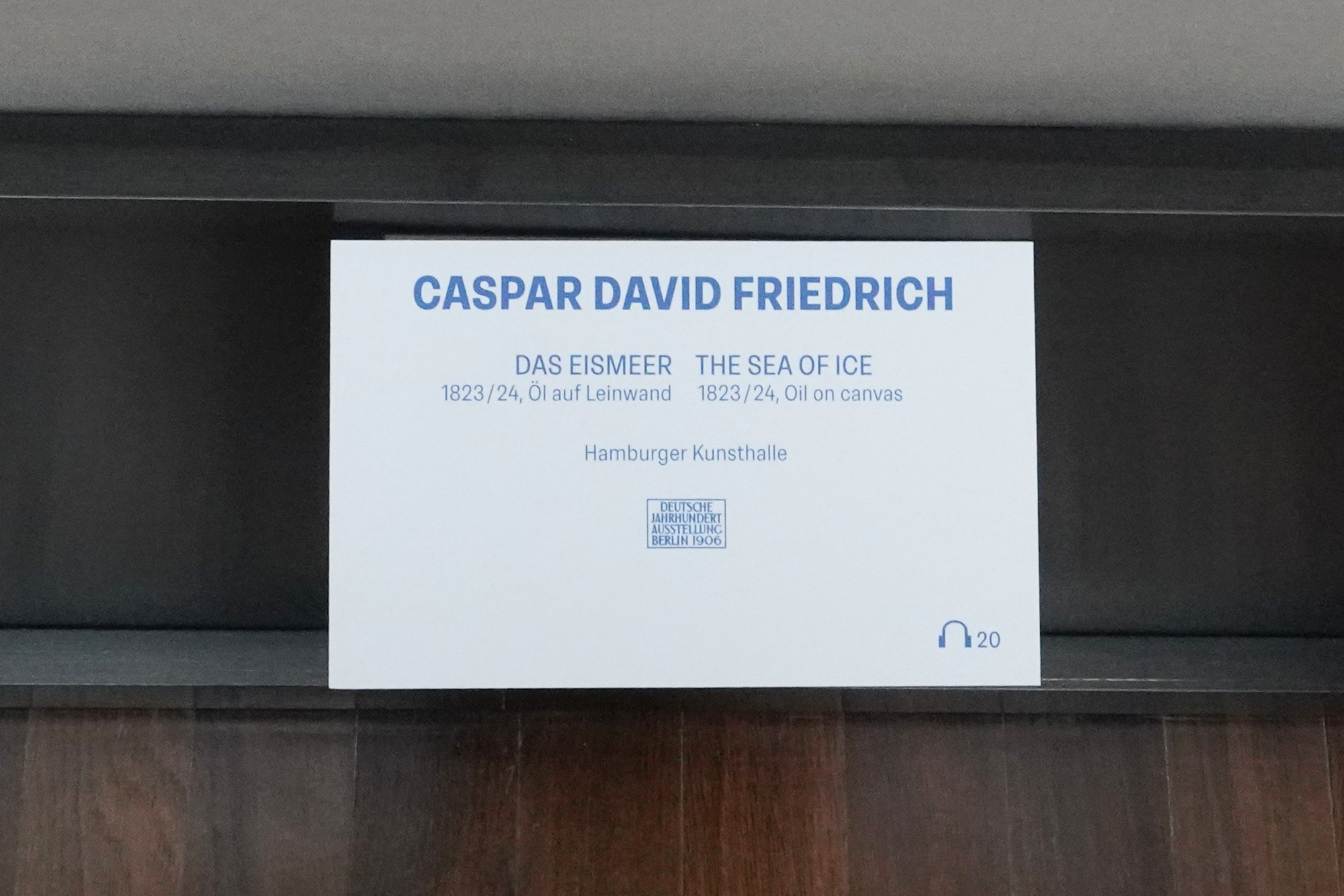Alte National Gallerie, Berlin, Germany
The Alte Nationalgalerie (Old National Gallery) is a prominent art museum located on Museum Island (Museumsinsel) in Berlin, Germany. 932
Alte Nationalgalerie: Bodestraße 1-3, 10178 Berlin, Germany
Date Picture Taken: June, 2024
It is part of the National Museums in Berlin (Staatliche Museen zu Berlin) and is renowned for its extensive collection of 19th-century art, encompassing movements such as Neoclassicism, Romanticism, Biedermeier, Impressionism, and early Modernism.

Unlike other European cities, Berlin does not have an area where many old buildings are still standing together to form an old town. However, it has many prominent museums to make up for this.

The Neues Museum (New Museum) is next to the Old National Gallery.


The exterior features a prominent statue of Friedrich Wilhelm IV, King of Prussia, who had envisioned Berlin as a cultural and intellectual center. His vision led to the creation of the Museum Island complex.


Designed by Friedrich August Stüler and completed in 1876, the building itself is a neoclassical masterpiece, resembling a temple with its grand staircase and columned facade. It was inspired by the Pantheon in Rome and reflects the 19th-century ideals of merging art, history, and architecture.

The Alte Nationalgalerie’s collection focuses primarily on 19th-century art, with a strong emphasis on German painters, but also features works from French and other European artists of the period.

The collection spans various important art movements, including Romanticism, Realism, Impressionism, Biedermeier, and Symbolism, offering visitors a comprehensive view of the art that shaped the 19th century.



It houses pieces by renowned international artists like Claude Monet, Édouard Manet, and Auguste Renoir.




“Summer” by Pierre-Auguste Renoir: A key Impressionist work, Renoir’s vibrant colors and soft brushstrokes capture the beauty and warmth of a summer day.




















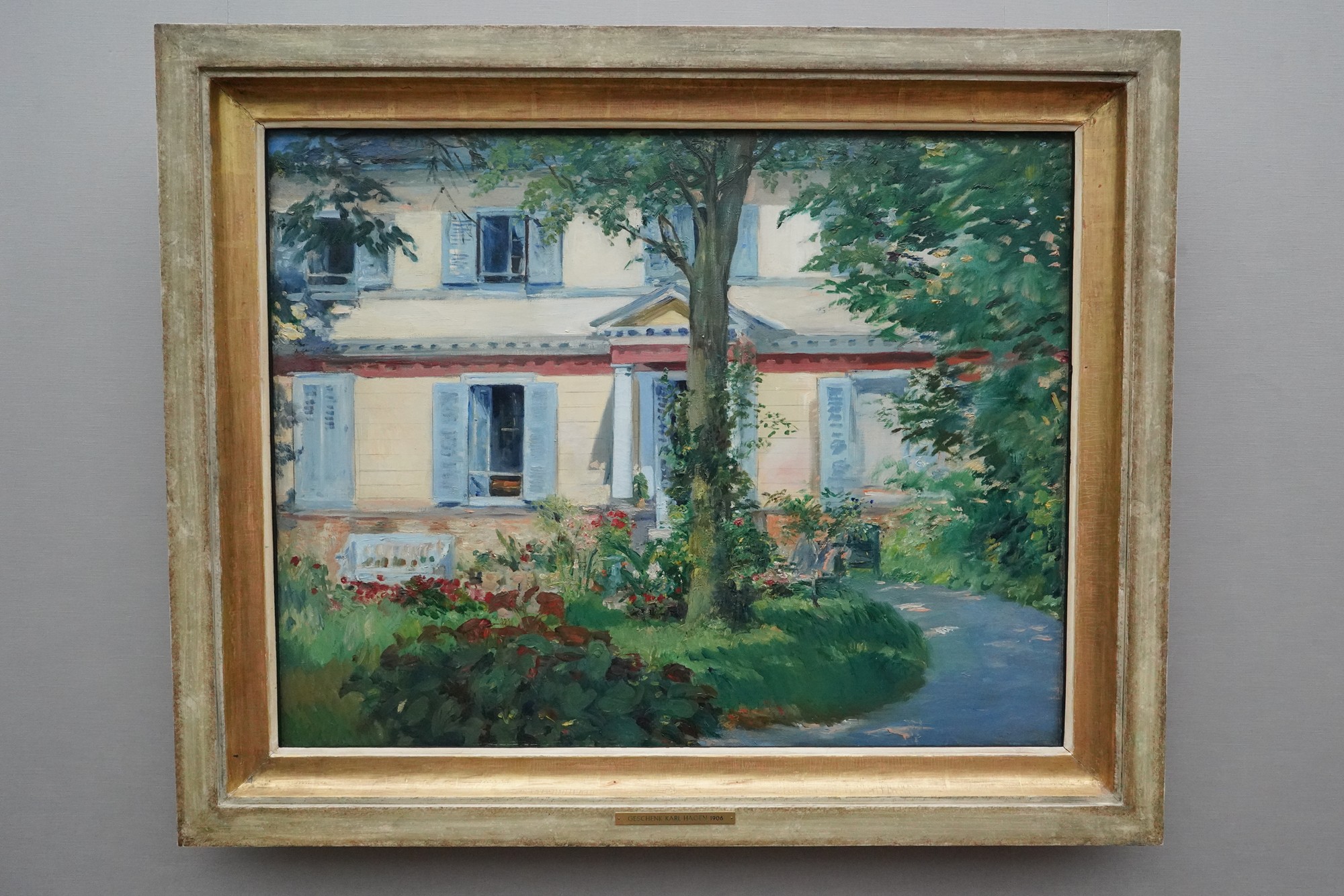



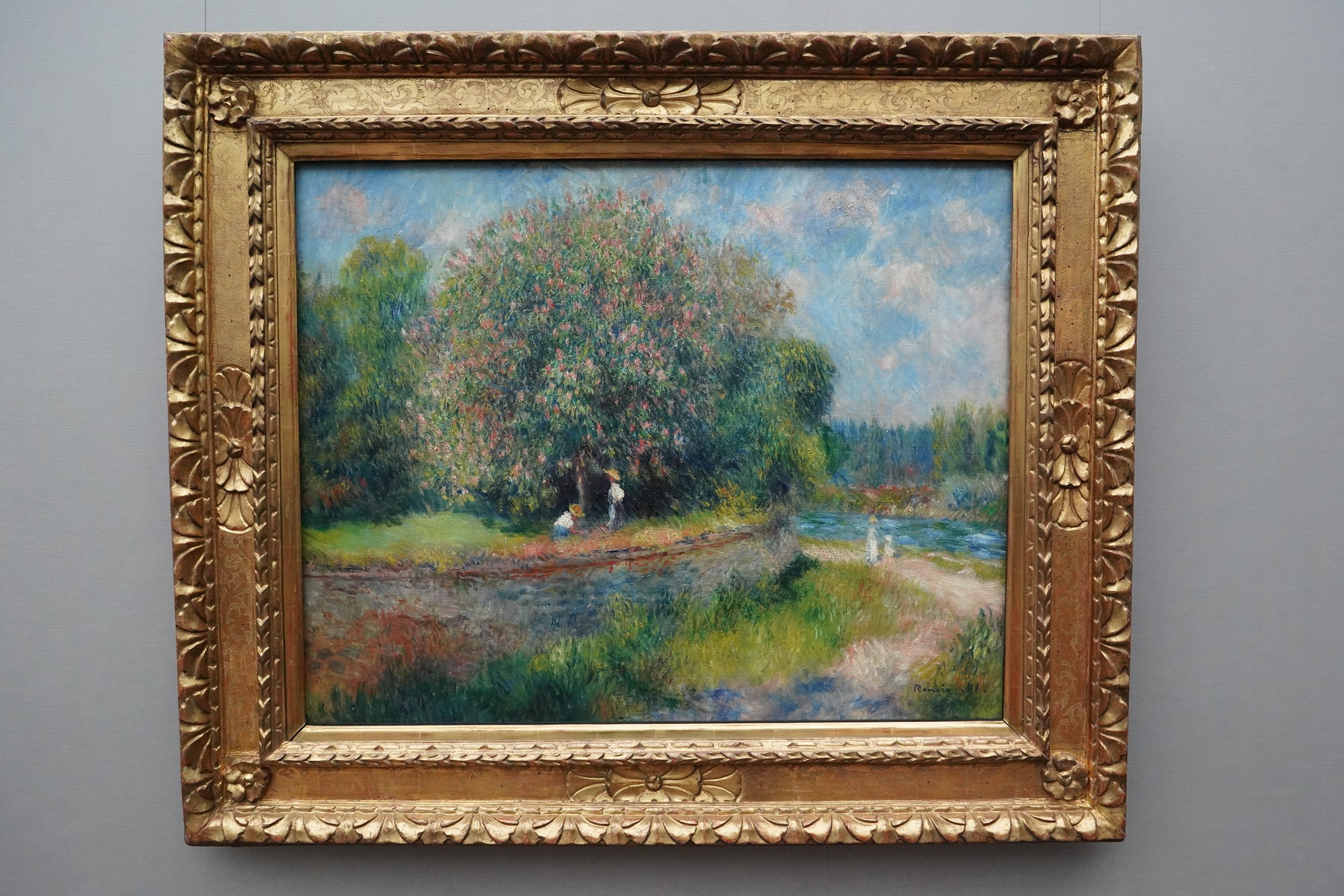



It features significant works by German artists such as Caspar David Friedrich, Adolph Menzel, and Max Liebermann.


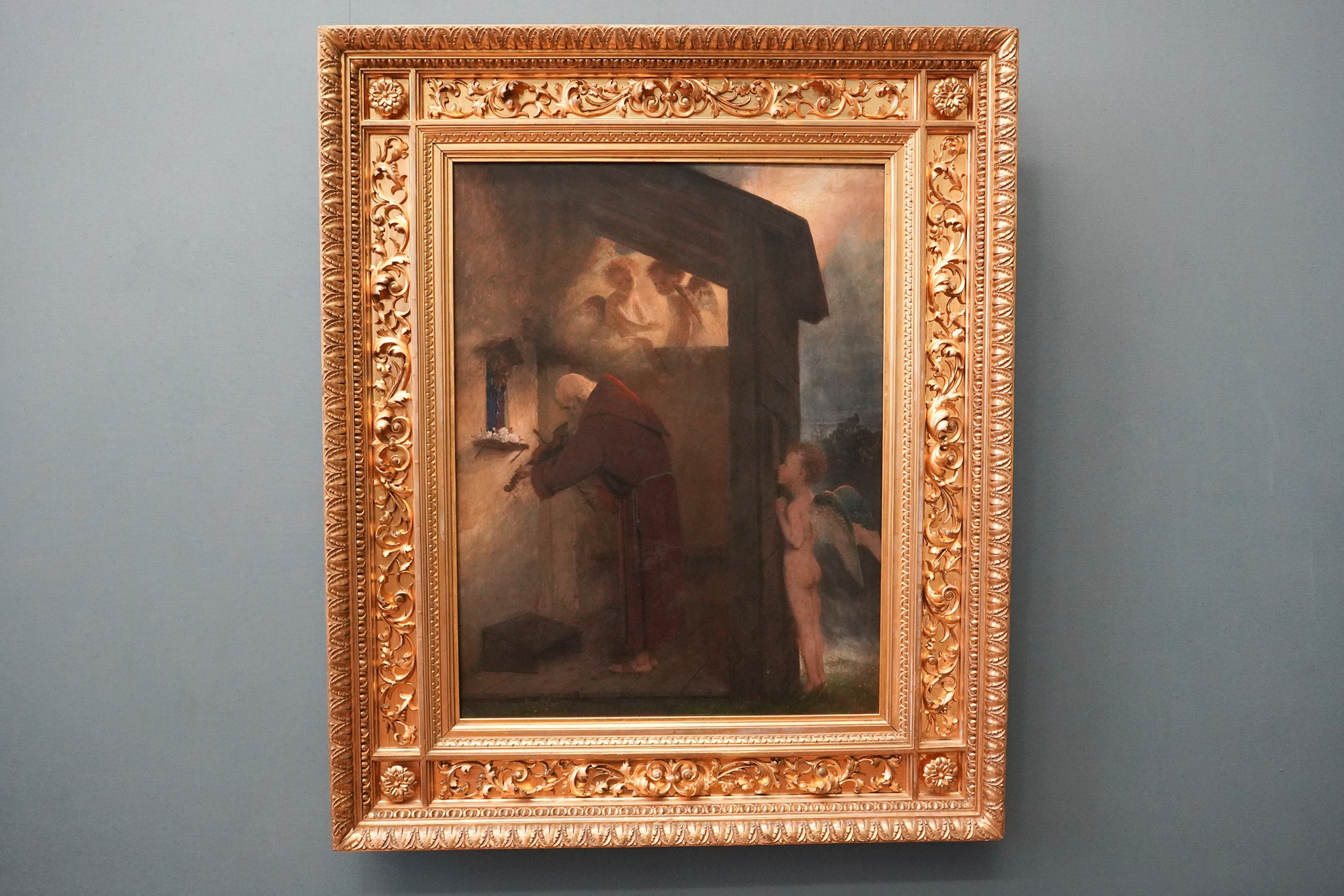



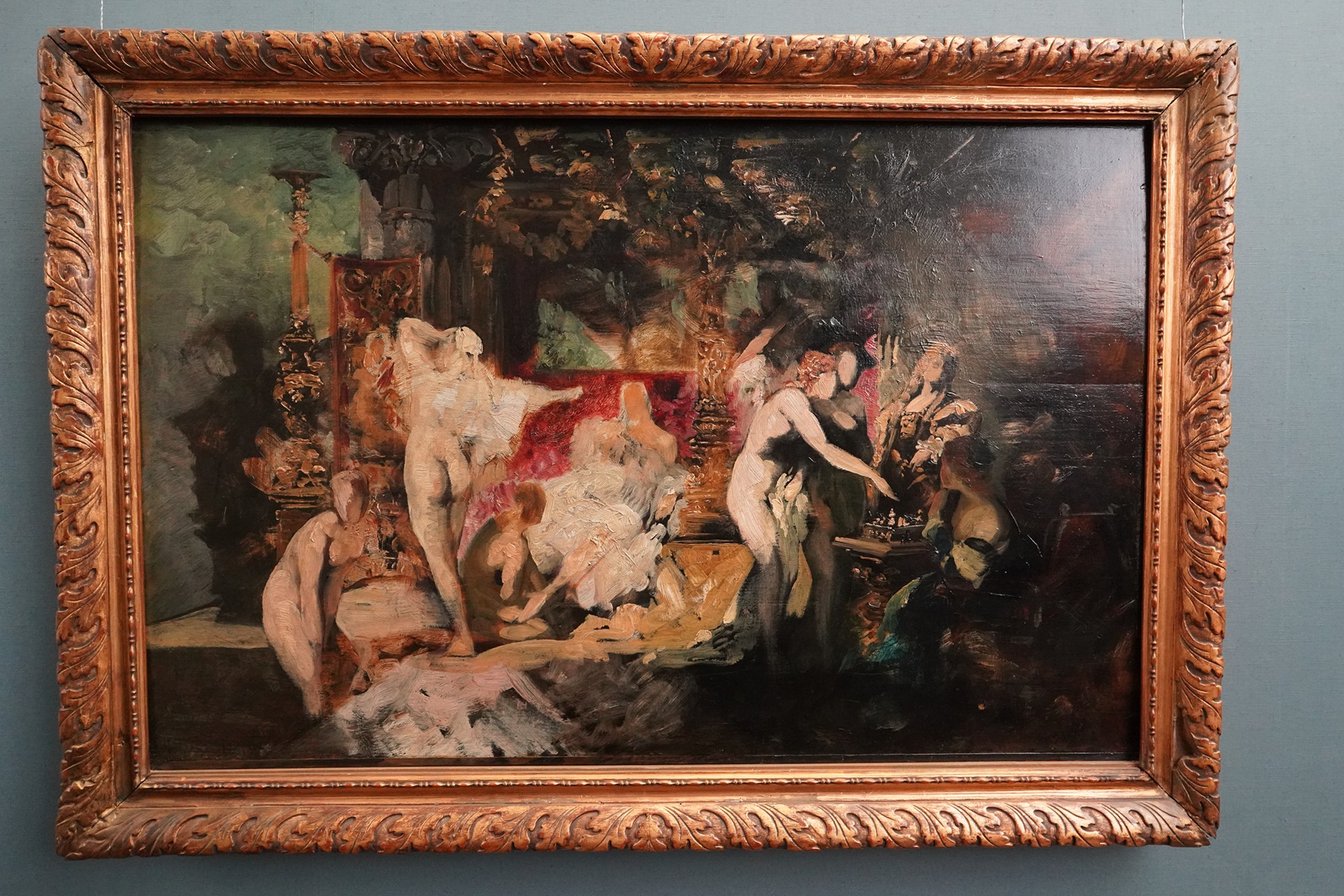







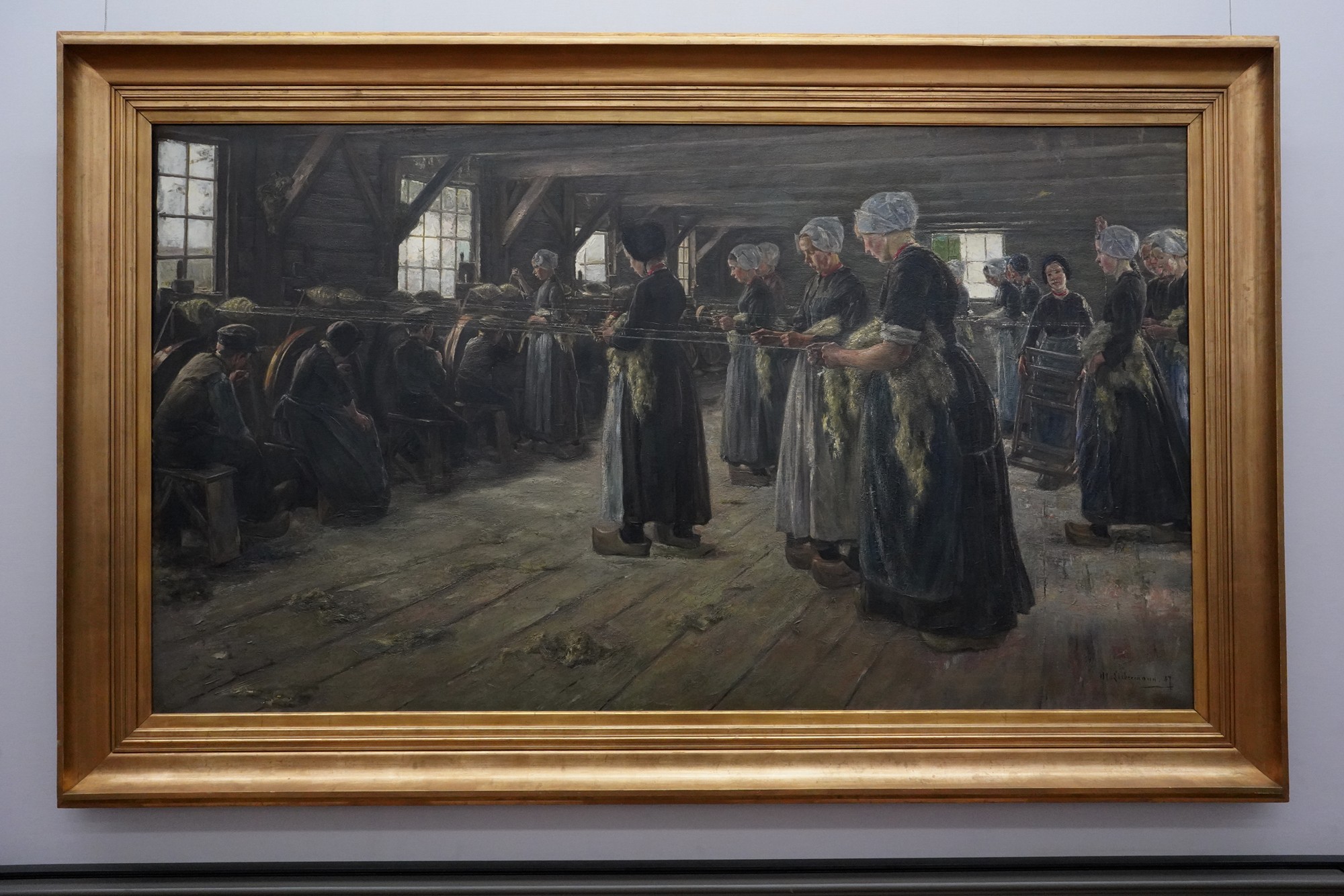

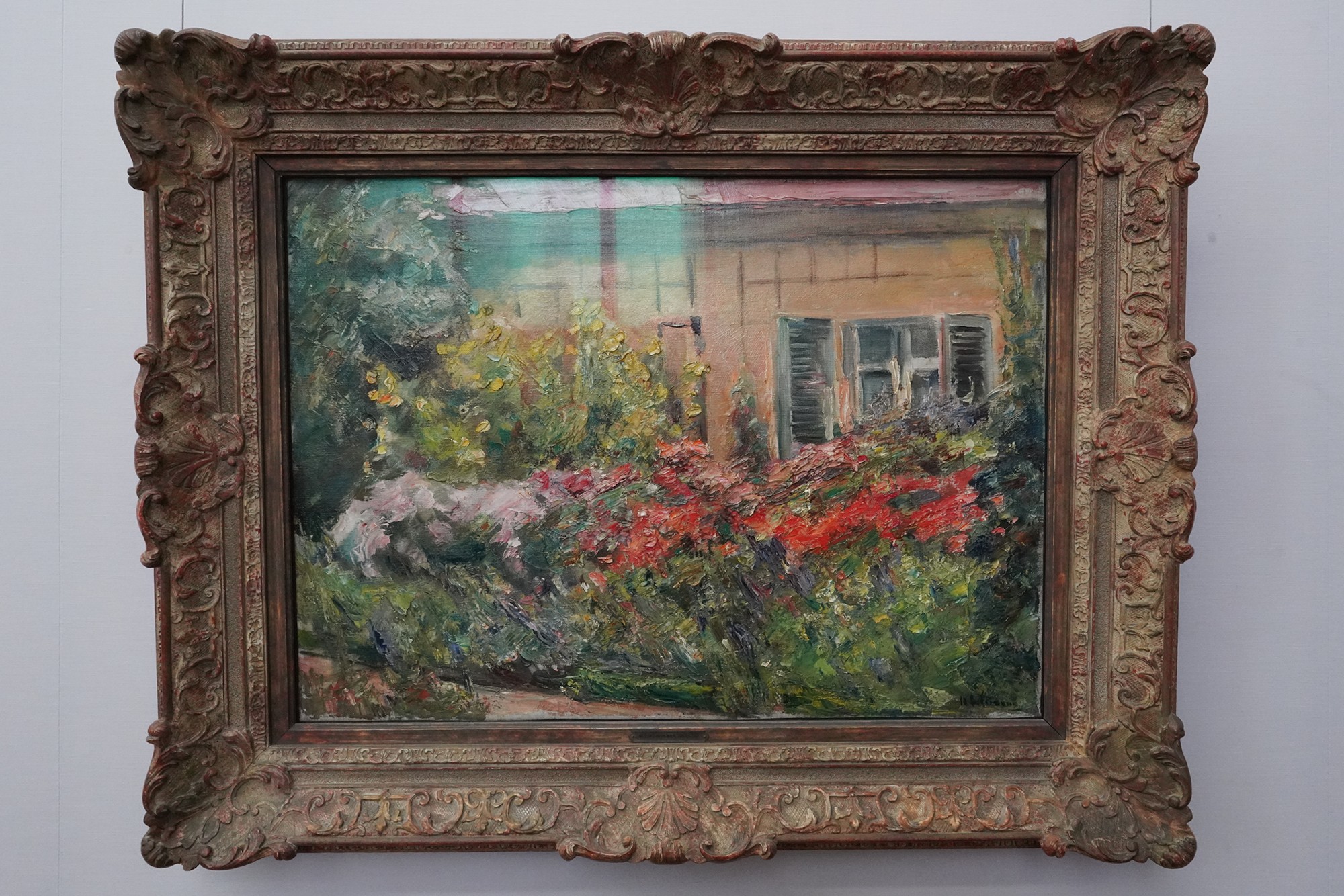





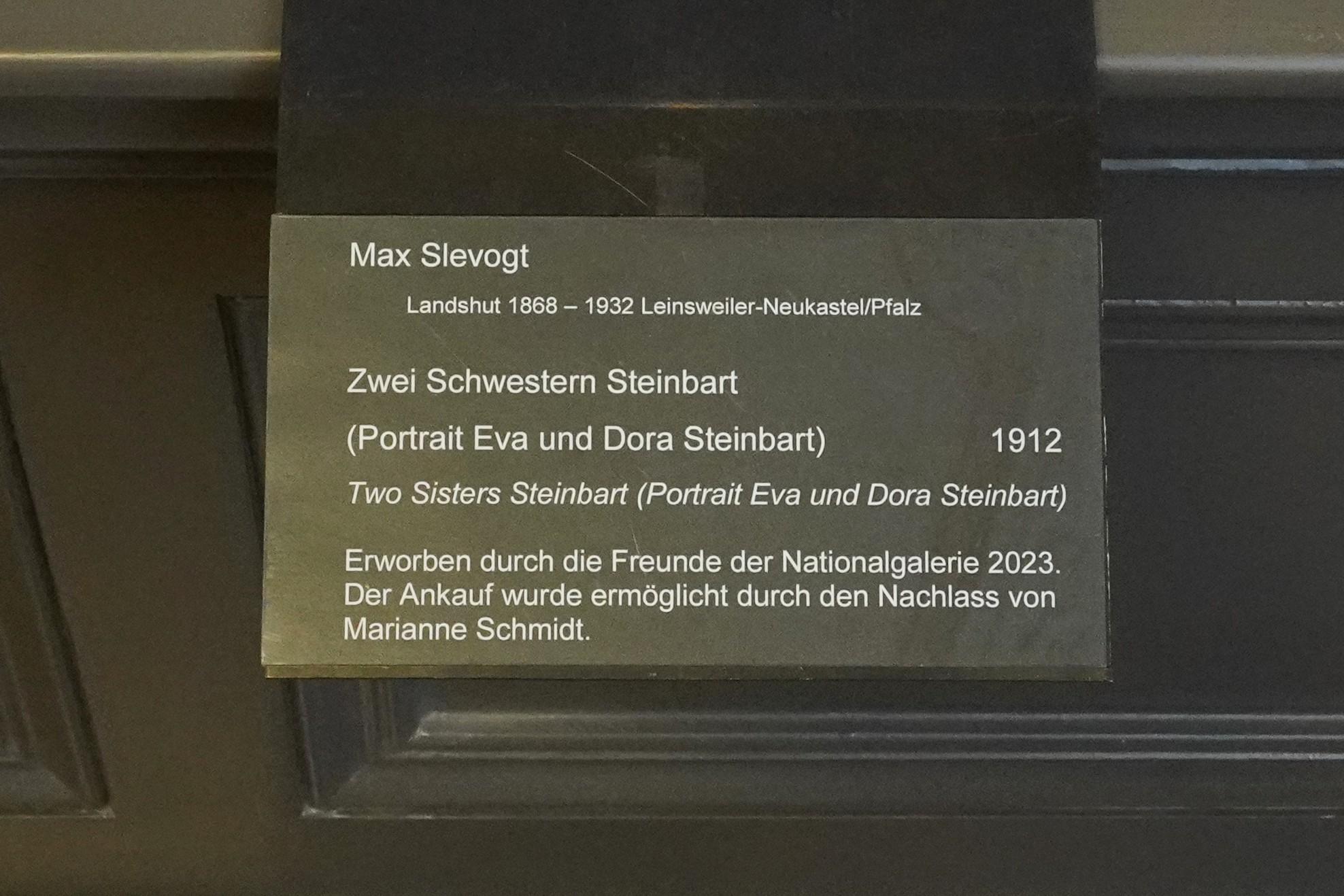









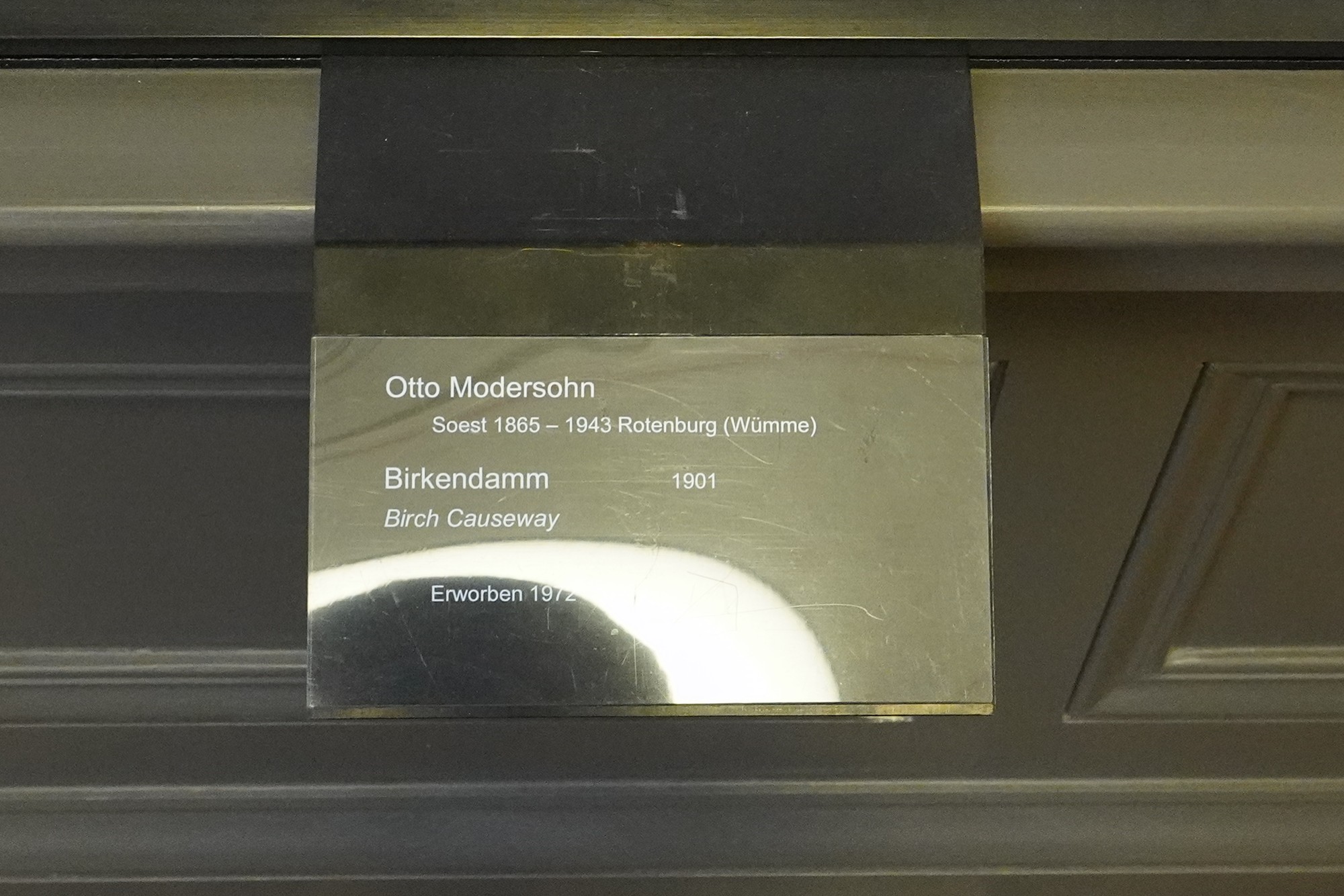







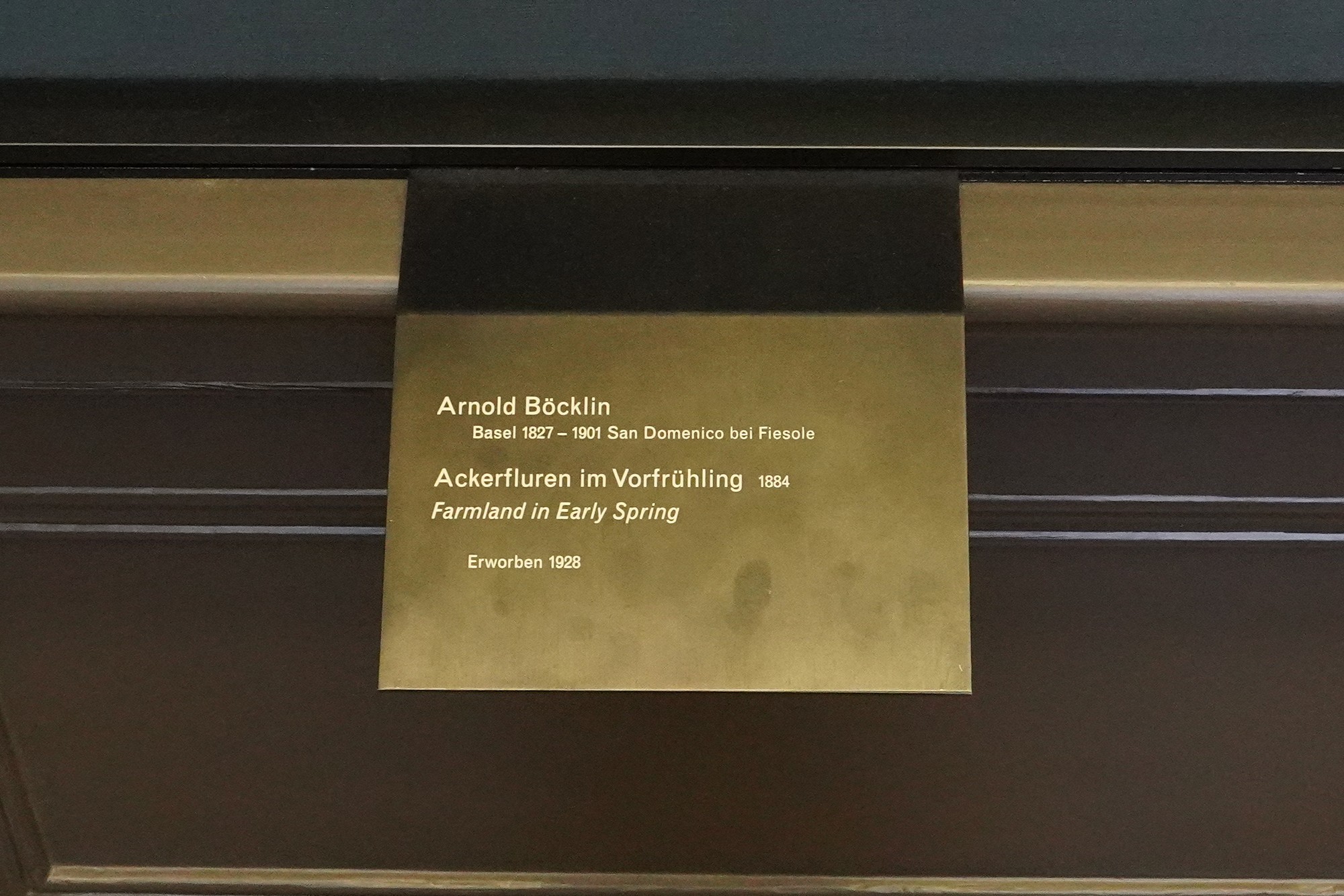





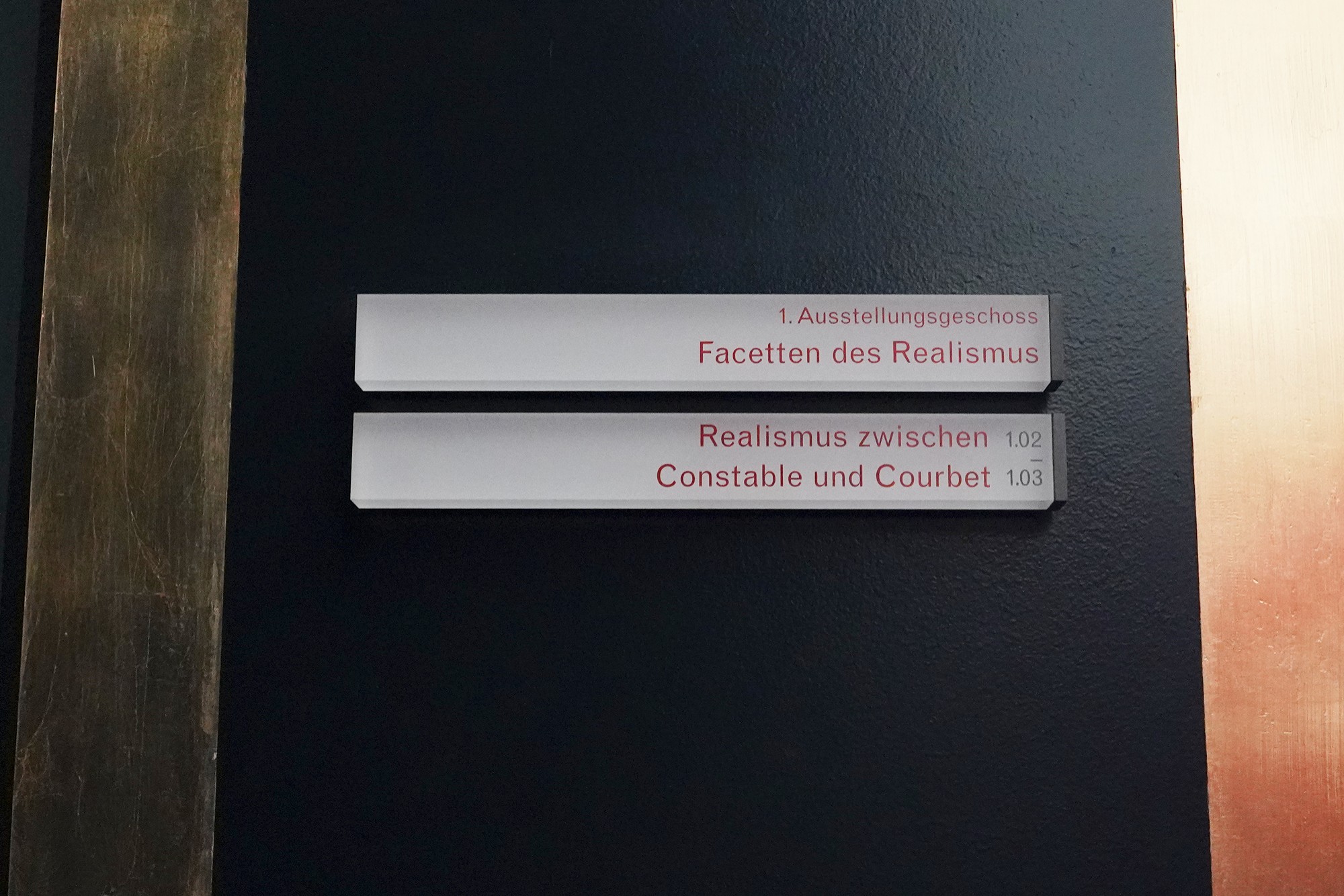




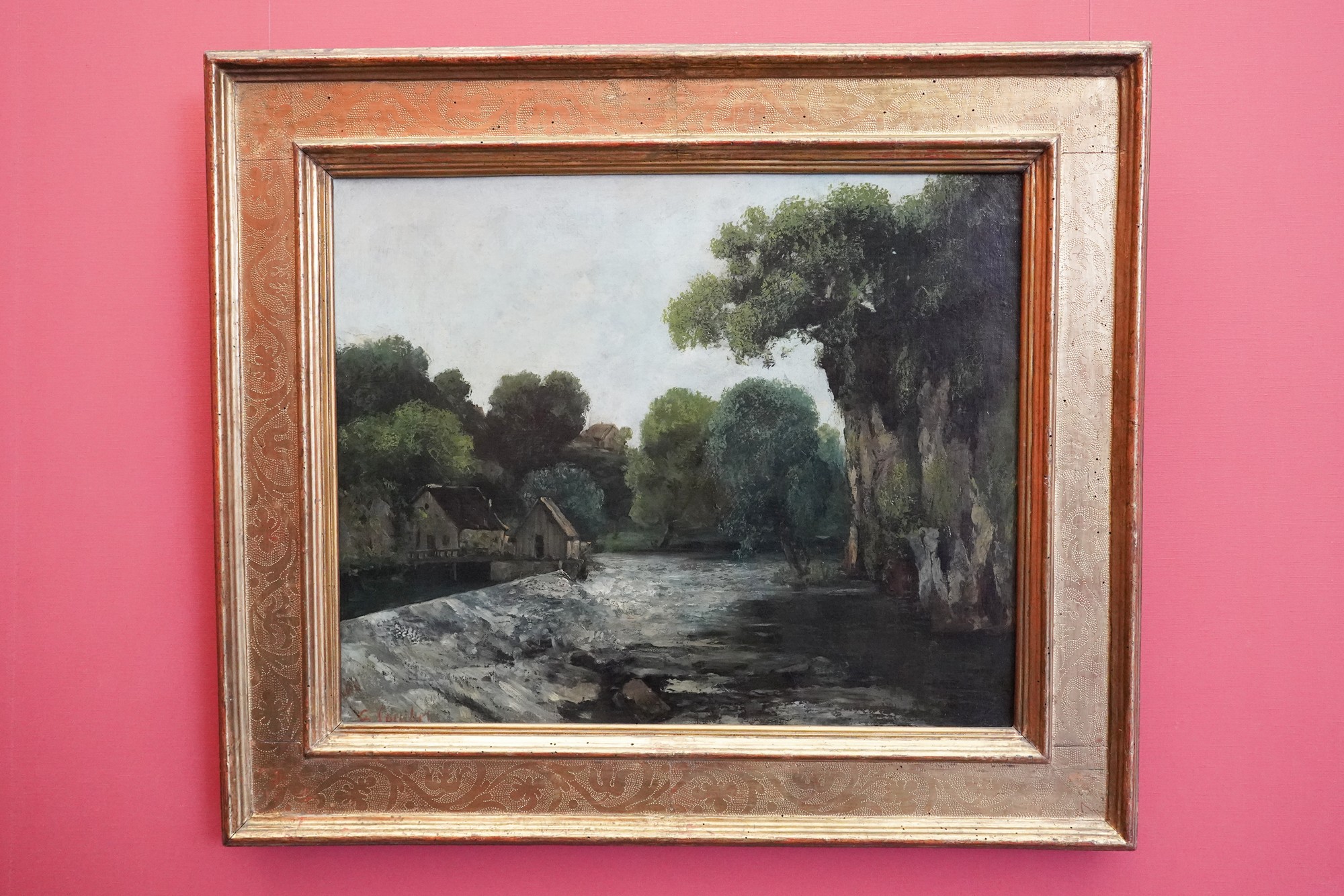



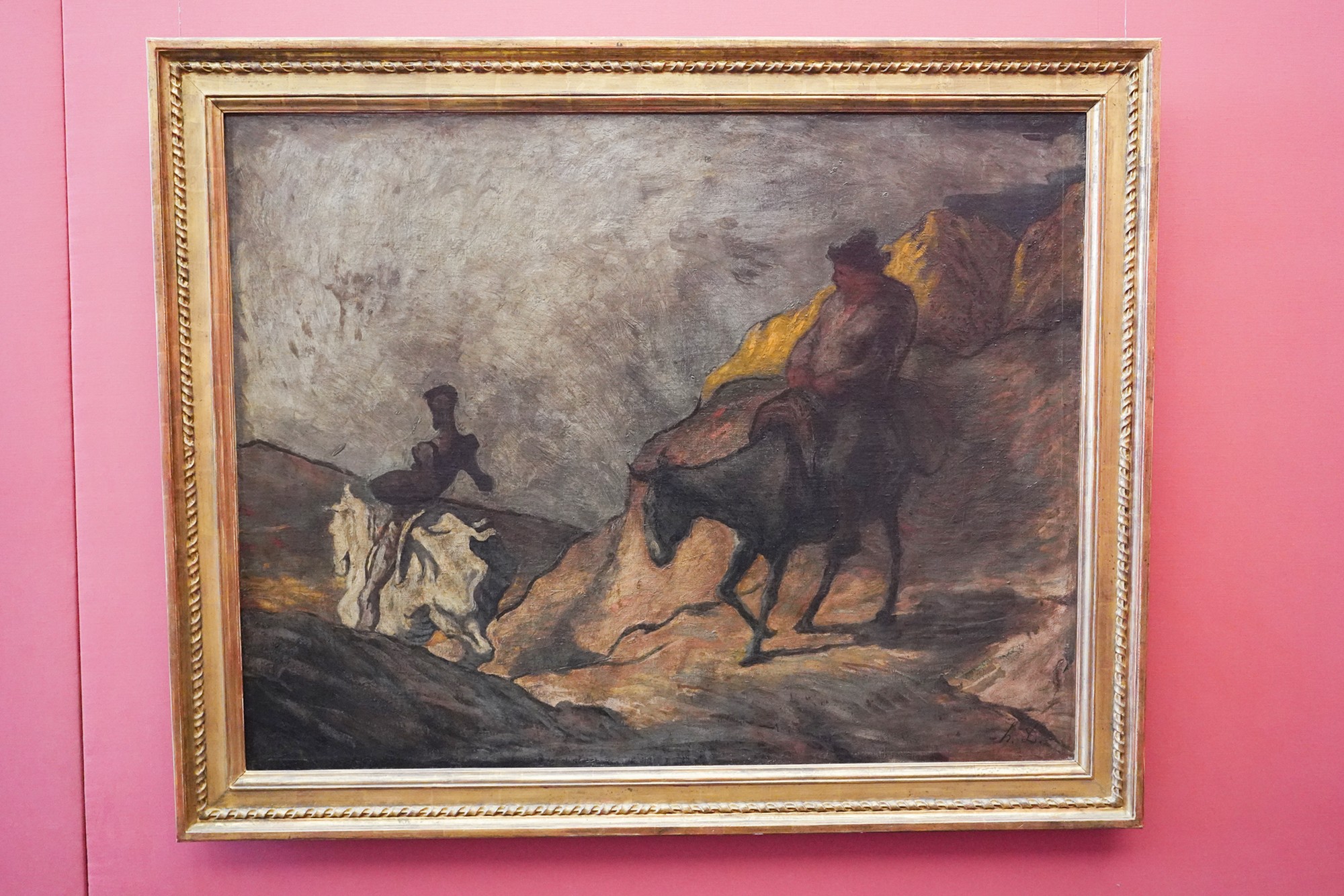

























“The Iron Rolling Mill (Modern Cyclopes)” is a renowned painting by German artist Adolph Menzel, completed in 1875. It is one of the most significant works depicting the industrial revolution in 19th-century Europe
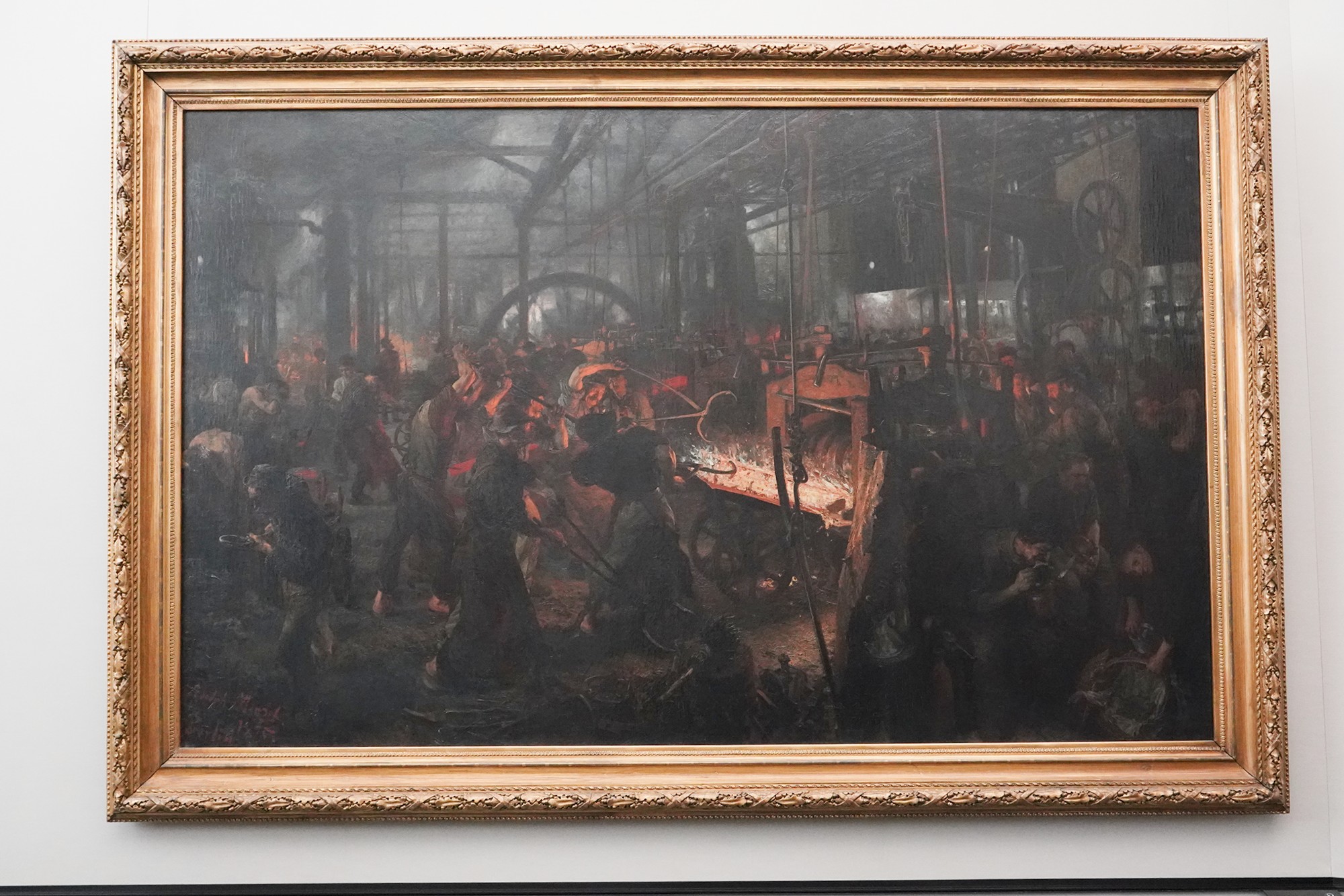
Adolph Menzel (1815–1905) was a prominent German realist painter and illustrator. He is celebrated for his detailed and realistic portrayals of historical events, societal changes, and everyday life in Germany during the 19th century.



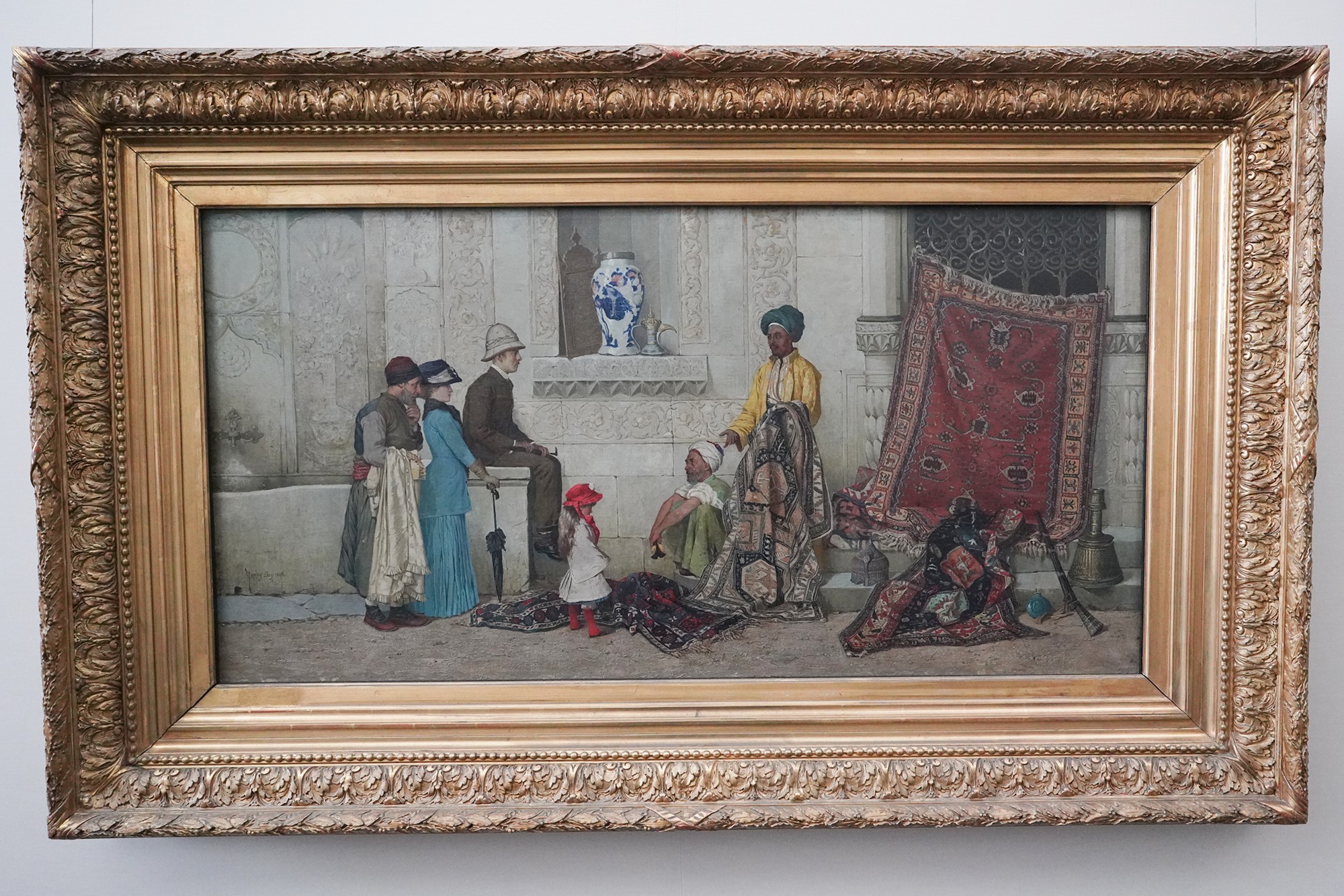
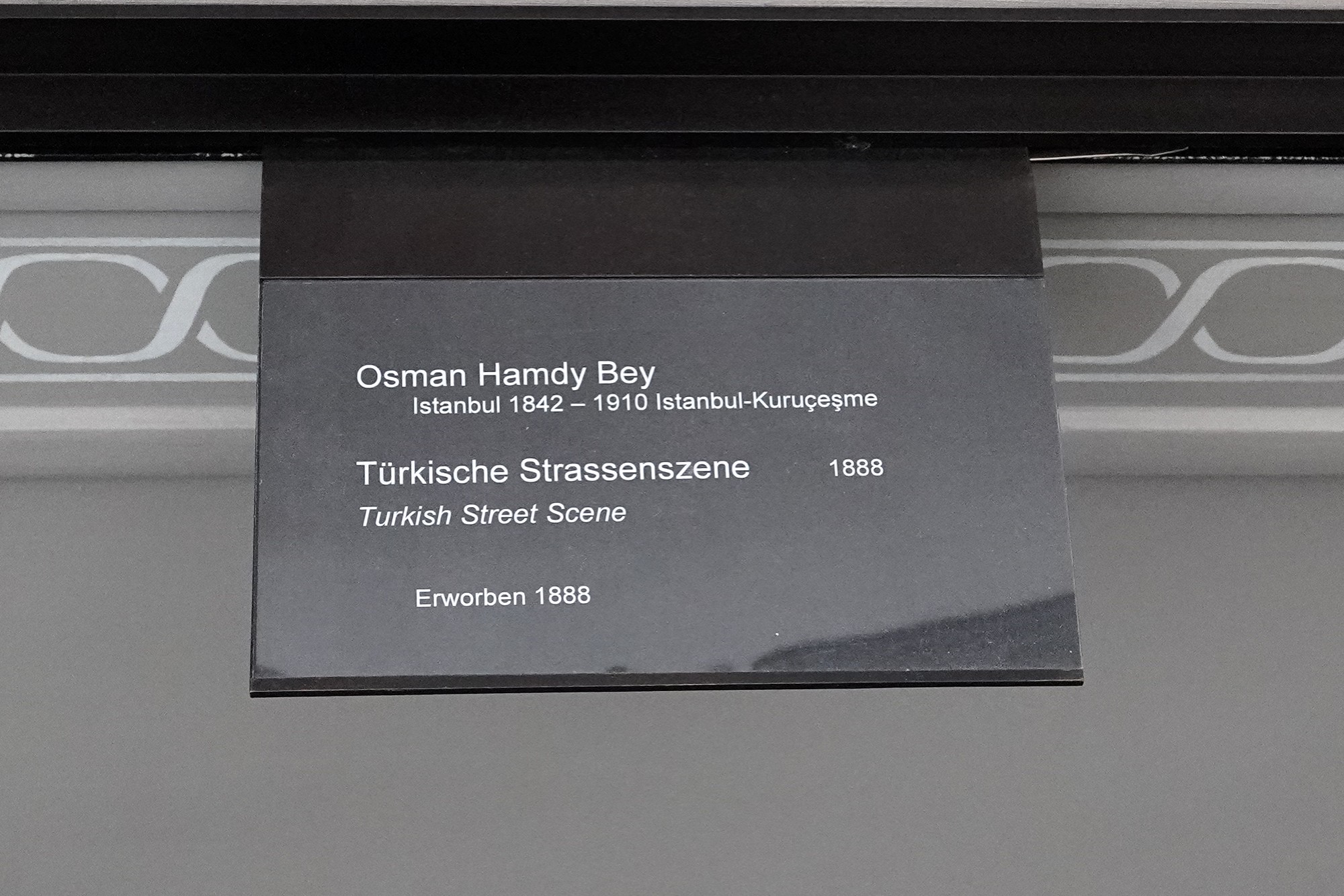



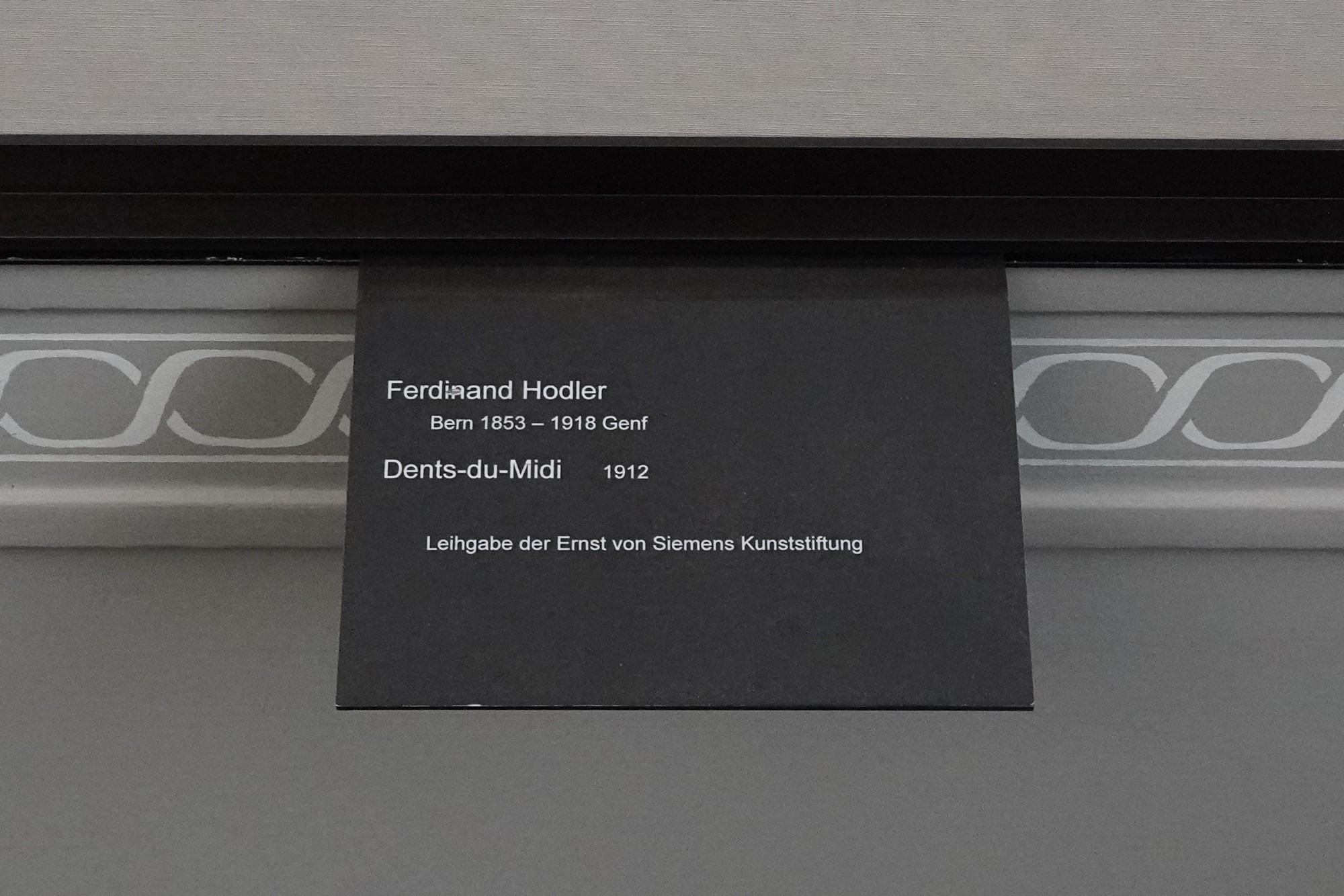








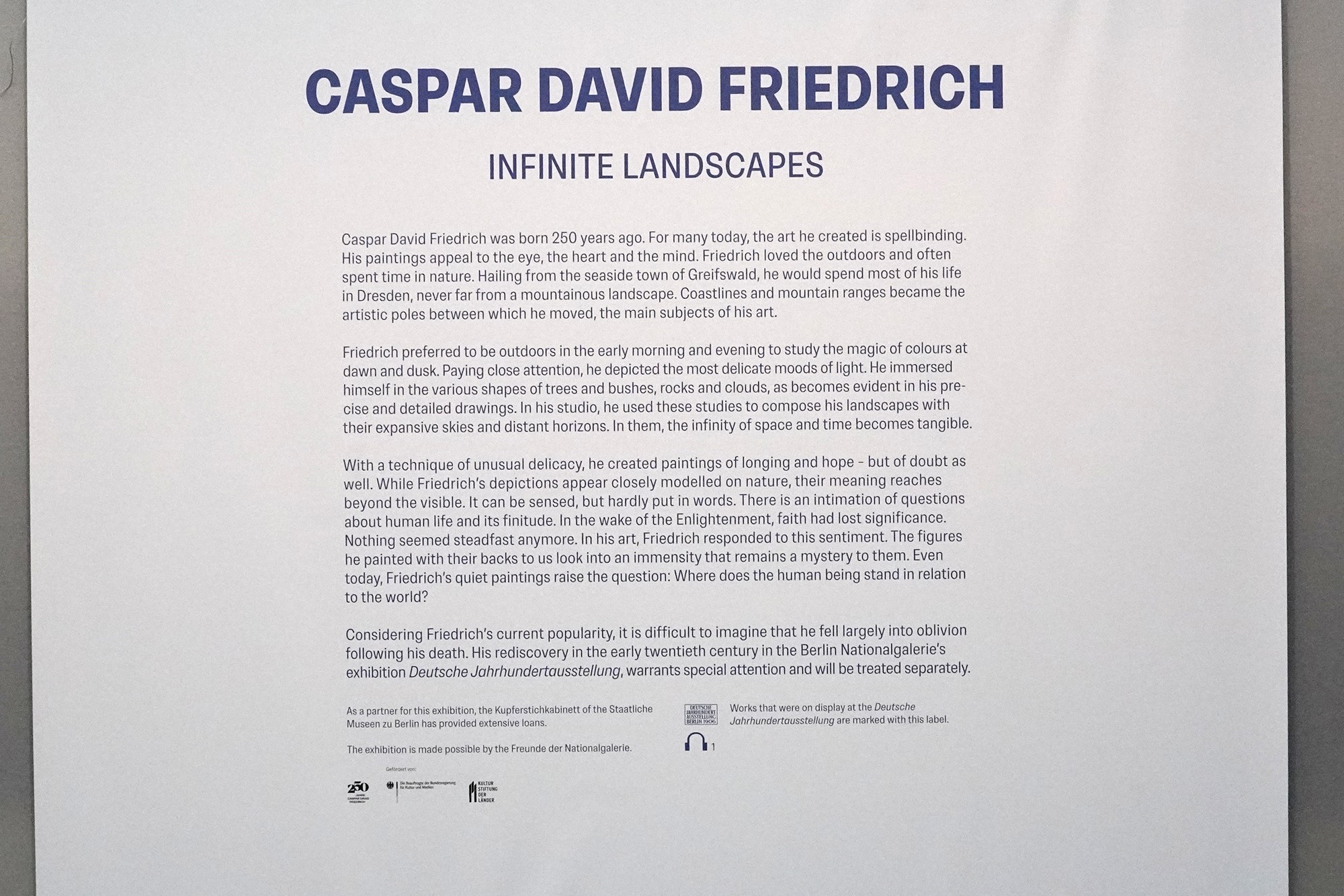

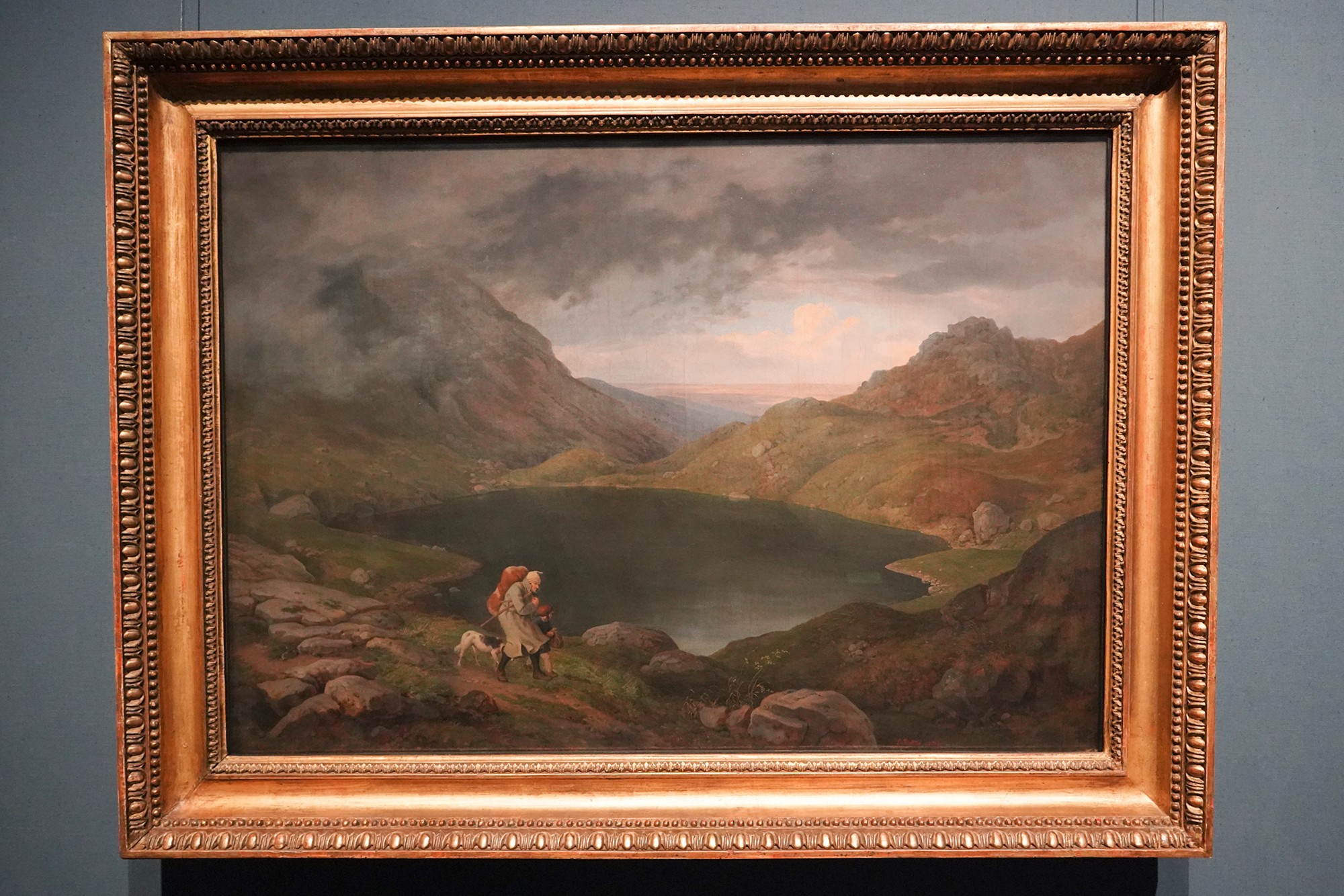


“The Abbey in the Oakwood” (German: “Abtei im Eichwald”) is a renowned oil painting by the German Romantic artist Caspar David Friedrich, completed in 1810. This evocative work is celebrated for its profound atmospheric depth and symbolic representation of life, death, and nature.

Caspar David Friedrich (1774–1840) was a pivotal figure in the German Romantic movement. His work is characterized by its exploration of nature’s spirituality and the sublime, often depicting solitary figures in vast landscapes.


